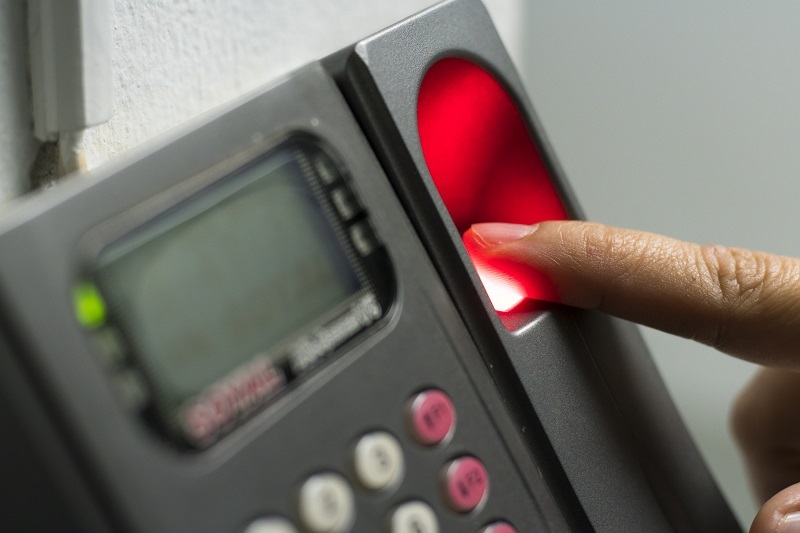Is your business still relying on old-fashioned methods like paper timesheets and manual time clocks for tracking employee hours? If so, it's time to consider upgrading to a modern time and attendance system. These systems not only make the process of tracking employee hours more efficient but also help you manage your workforce more effectively. In this article, we'll explore the different types of time and attendance systems available, their features, and how to choose the best one for your business.
The Importance of Time and Attendance Management
Effective time and attendance management is crucial for any business. Accurate tracking of employee hours ensures that your employees are paid correctly, helps you avoid labor law violations, and provides valuable data for workforce management. With a proper time and attendance system in place, you can:
- Save time and reduce errors in payroll processing
- Monitor employee attendance and identify trends or issues
- Ensure compliance with labor laws and regulations
- Streamline workforce scheduling and planning
- Improve employee productivity and engagement
Types of Time and Attendance Systems
There are several types of time and attendance systems available, each with its own set of features and benefits. Let's take a closer look at each type:
a. Traditional Time Clocks
These are the classic punch card or electronic time clocks that have been in use for decades. While they may be simple and affordable, they often lack advanced features and can be prone to errors and time theft.
b. Time and Attendance Software
This type of system involves using software installed on a computer or server to track employee hours. Employees can clock in and out using a computer, card reader, or other input device. Time and attendance software offers more features and flexibility than traditional time clocks but may require more maintenance and IT support.
c. Biometric Time and Attendance Systems
Biometric systems use unique physical characteristics, such as fingerprints or facial recognition, to identify employees and record their attendance. These systems are highly accurate and can help prevent time theft and "buddy punching." However, they can also be more expensive and raise privacy concerns for some employees.
d. Cloud-based Time and Attendance Systems
Cloud-based systems store data on remote servers, allowing employees to clock in and out from any device with internet access. These systems are generally easy to set up and maintain, offer advanced features, and provide real-time access to data. They may also include mobile apps for added convenience.
e. Mobile Time and Attendance Systems
These systems allow employees to clock in and out using their smartphones or other mobile devices. They are particularly useful for remote or mobile workforces and can include features like GPS tracking and geofencing to ensure accurate timekeeping.
Features to Look for in a Time and Attendance System
When evaluating different time and attendance systems, consider the following features:
- Ease of use: The system should be easy for both employees and managers to use, with an intuitive interface and clear instructions.
- Integration with payroll and HR systems: A seamless integration with your existing payroll and HR software can save time and reduce errors in data entry.
- Reporting and analytics: Look for a system that offers robust reporting and analytics tools to help you monitor trends, identify issues, and make data-driven decisions about your workforce.
- Customization: Choose a system that can be customized to fit your unique business needs, such as specific pay rules, overtime policies, and scheduling requirements.
- Scalability: Make sure the system can grow with your business, allowing you to add new employees or locations as needed.
Factors to Consider When Choosing a Time and Attendance System
In addition to evaluating the features of different systems, consider the following factors when choosing a time and attendance system for your business:
- Budget: Determine how much you can afford to spend on a time and attendance system, keeping in mind that more advanced systems may have higher upfront costs but can save you money in the long run through increased efficiency and reduced errors.
- Employee Privacy: Consider any privacy concerns your employees may have, particularly with biometric systems, and ensure that the system you choose complies with relevant privacy laws and regulations.
- Technical Support: Make sure the system you choose comes with reliable technical support, either from the vendor or through a third-party provider, to help you troubleshoot any issues that may arise.
- Employee Training: Factor in the time and resources needed to train your employees on the new system and ensure they are comfortable using it.
Conclusion
Choosing the right time and attendance system for your business is essential for efficient workforce management and accurate payroll processing. By considering the different types of systems available, their features, and your unique business needs, you can find the best solution to streamline your time and attendance management processes. Investing in a modern, user-friendly system can ultimately save you time, money, and headaches, while improving employee productivity and engagement.
.jpg)

Comments
Post a Comment